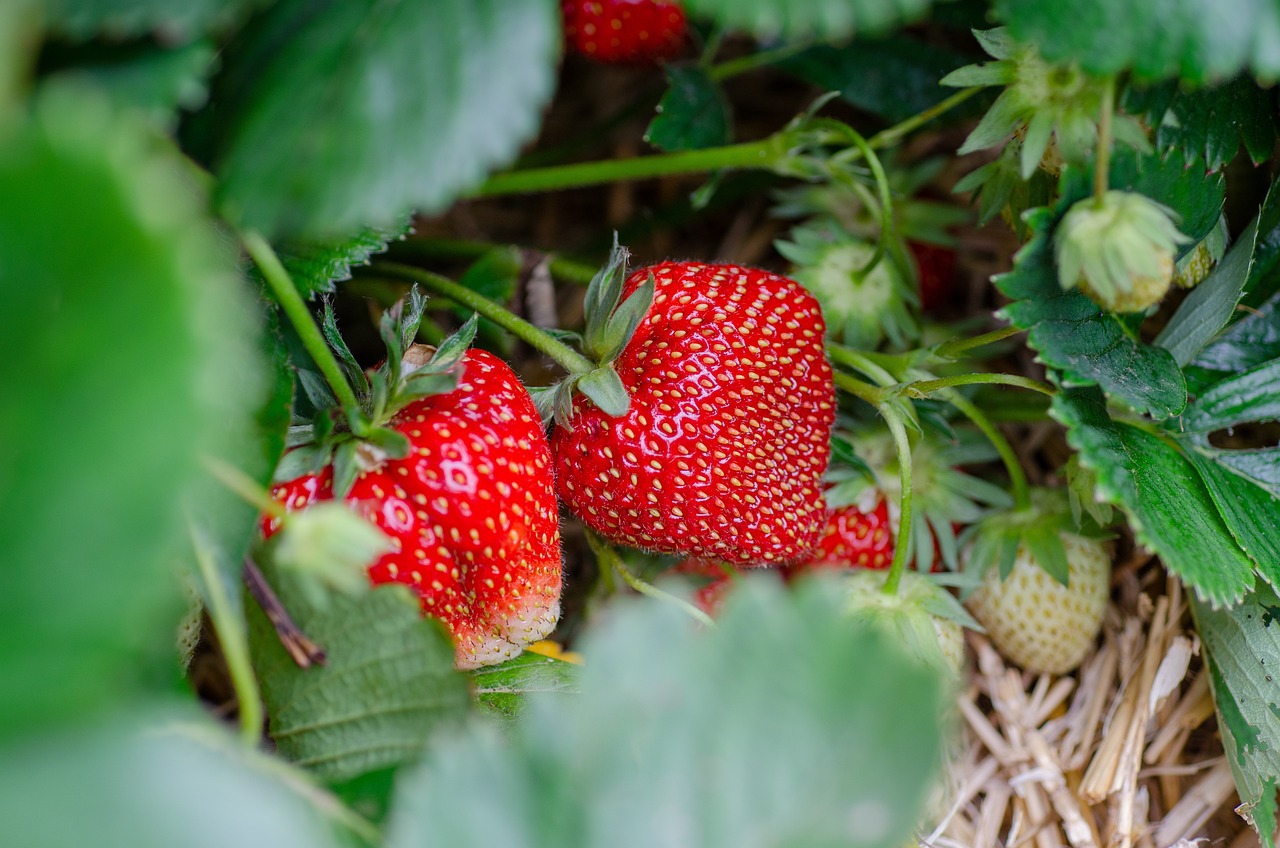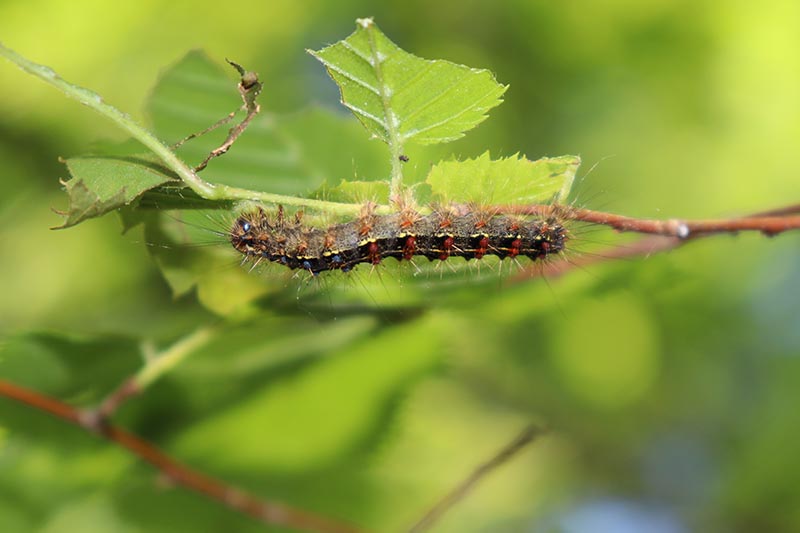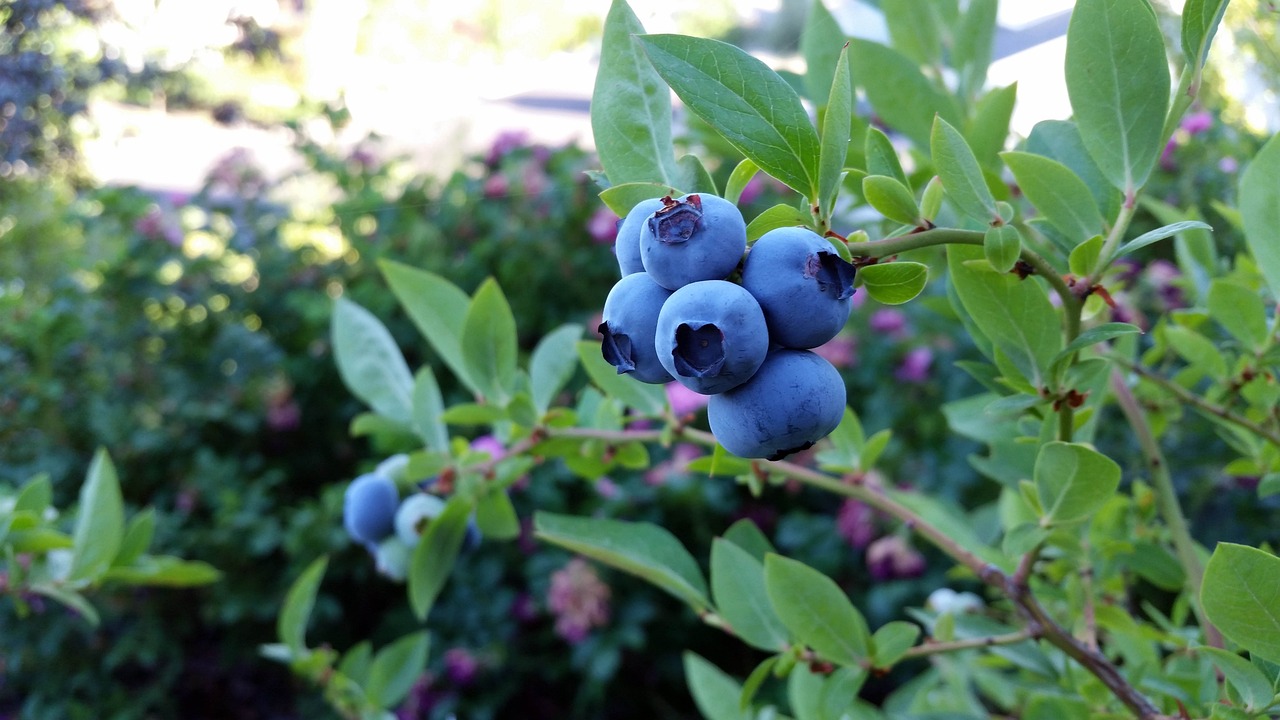When we think of cleaning and prepping the garden, we often associate that with the spring season, but there’s value in starting your garden prep in the fall. Along with getting a jump on launching the garden next year, tending to your yard now will help keep pests, diseases and unwanted critters at bay.
Cleaning up the yard helps protect your turf. Leaves on the lawn can quickly get soggy from dew or rain, and smother turf by blocking water, sunlight and vital air flow. Additionally, mold spores on leaves can contaminate your soil and re-infect shrubs and trees year after year. Clear leaves away and mulch or compost them for use in your garden beds.
Along with reducing diseases and problems in your lawn, a fall clean up will keep your perennial beds and vegetable gardens healthier when temperatures start to rise in the spring. Clearing dead and diseased plant materials in fall reduces the spread of fungal and bacterial infections in spring. Rotted and unharvested vegetables and fruits and dead branches & limbs can be composted and used to nourish your garden beds.
Here are some steps to take to get your landscape ready for the colder seasons:
Start Now
Start your fall cleanup for your perennials long before the first frost. Trim back spent blossoms and stems once their major blooming season has passed. Continue to water your perennials until their leaves have fallen.
Rake and Mulch
As mentioned above, raking your lawn and garden beds to clear them of dead leaves will help keep both your turf and plants free from diseases and pests. You can rake your leaves and shred them to use as mulch or skip raking and use your lawn mower to mulch leaves.
Prune Trees and Shrubs
Trim dead branches and cut back overgrown trees and bushes. Depending on which types of plants you have, pruning spring-blooming shrubs now won’t risk you losing blooms next year. Pruning limbs and branches during fall also reduces breakage from the weight of winter’s snow and ice.
Plant Bulbs, Shrubs, and Fall Annuals
There are many plants that do best when planted in the fall. The ground is still warm and roots have time to establish themselves before hard frosts come. Spring blooming bulbs like tulips and daffodils should be planted now since they need to overwinter. Annuals such as chrysanthemums and pansies add instant color to your fall landscape for you to enjoy.
Aerate
Aerate your lawn and garden beds by breaking up the soil with a garden fork or walk-behind aerator, depending on the size of your yard. This will help keep water from pooling in one spot, ensuring nutrients reach root systems over the winter. Fall is also a perfect time for overseeding your lawn (grass seeds do better in warm soil) so aerating your turf before seeding helps ensure the seeds have a chance to develop a strong root system.
Fresh Mulch for Clean Beds
Once leaves have been cleared, any dead branches pruned and bulbs and plants, planted, it’s time to mulch. Mulch helps keep the soil warmer longer, helps preserve moisture and protects the plant roots and topsoil from winter’s harsh conditions. For vegetable gardens consider growing a cover crop such as clover. It acts like a mulch for the garden bed during winter, then can be tilled into the soil in spring to fertilize it.
Dry Things Out
Be sure to drain water from any hoses, fountains or drip irrigation systems you have and store them in a dry place. Water left standing over the winter can freeze, possibly damaging these items.
Clean and Store Your Garden Tools
Now is the time to give your garden tools a little TLC. Clean and disinfect shears, shovels, etc., dry them well and give them a light coat of oil to protect them during the winter. Tighten/repair/replace worn handles and make note of any tools you’ll need to replace or purchase.
Journal the Growing Season
If you haven’t kept a garden journal throughout the growing season, it’s still not too late to jot down a few notes about your garden/landscape, such as what worked, what didn’t, what you’d like to do next year. You can track the performance of your plants or lawn, note things like plant loss or damage due to storms or have a wish list for next year’s garden.









